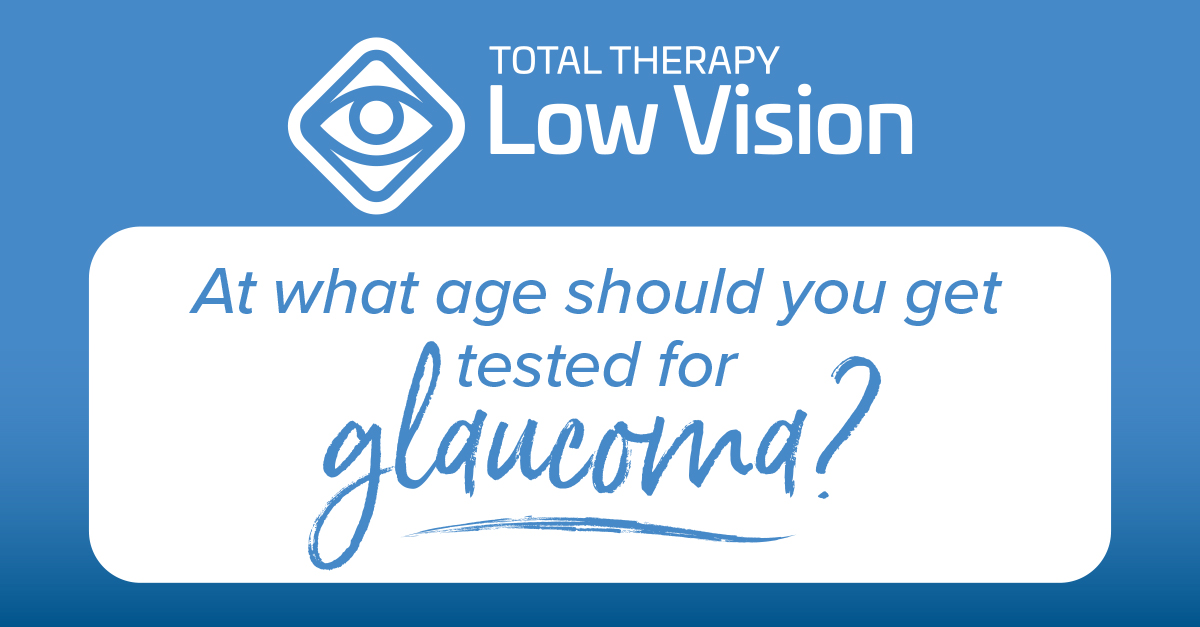Total Therapy – Low Vision offers guidance and treatment in preserving your eyesight
Good vision is an important part of a healthy and functional daily life. But how do we know when it’s time to take better care of our eyesight, or what we should be doing to treat some of the main causes of vision loss?
Glaucoma is one of the leading causes of blindness for people over 60, according to the American Academy of Ophthalmology (AAO). But blindness from glaucoma can be prevented with early treatment.
Glaucoma is a disease that damages the eye’s optic nerve. It usually happens when fluid builds up and increases pressure inside the eye.
To catch glaucoma before it happens, the AAO recommends that people with no eye problems or risk factors see an ophthalmologist for screenings beginning at age 40. At this age, early signs of changes in vision can begin appearing.
According to a 2022 review, the AAO recommends a frequency of examinations – based on age – as follows:
- Persons 40 to 54 years of age: Every 2 to 4 years
- Persons 55 to 64 years of age: Every 1 to 3 years
- Persons 65 years of age or older: Every 1 to 2 years
For people at higher risk of ocular diseases, the AAO recommends basing decisions regarding when to begin eye examinations and frequency on their personal risks. It is recommended that individuals with higher risk should not wait until age 40 to begin disease screening, and those who regularly see an ophthalmologist for exams should not stop. This includes exams for glasses and contact lenses.
People with a higher-than-normal risk of glaucoma include those who:
- are over age 40.
- have family members with glaucoma.
- are of African, Hispanic, or Asian heritage.
- have high eye pressure.
- are farsighted or nearsighted.
- have had an eye injury.
- use long-term steroid medications.
- have corneas that are thin in the center.
- have thinning of the optic nerve.
- have diabetes, migraines, high blood pressure, poor blood circulation or other health problems affecting the whole body.
Your Glaucoma Evaluation
The AAO provides insight into what will happen during an eye examination. Your ophthalmologist will:
- measure your eye pressure.
- inspect your eye’s drainage angle.
- examine your optic nerve for damage.
- test your peripheral (side) vision.
- take a picture or computer measurement of your optic nerve.
- measure the thickness of your cornea.
Regular eye exams can do more than help prevent glaucoma, they can also uncover several other eye-related diseases including tumors, cataracts, and diabetic retinopathy.
If your vision loss is already an everyday life concern, LHC Group can help. Total Therapy – Low Vision helps you manage your disease and stay focused on seeing the world more clearly.


0 Comments